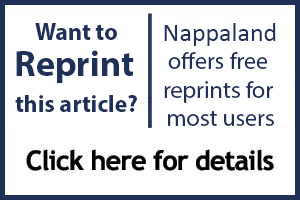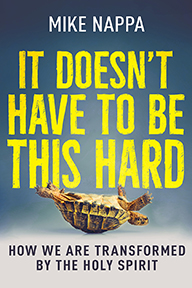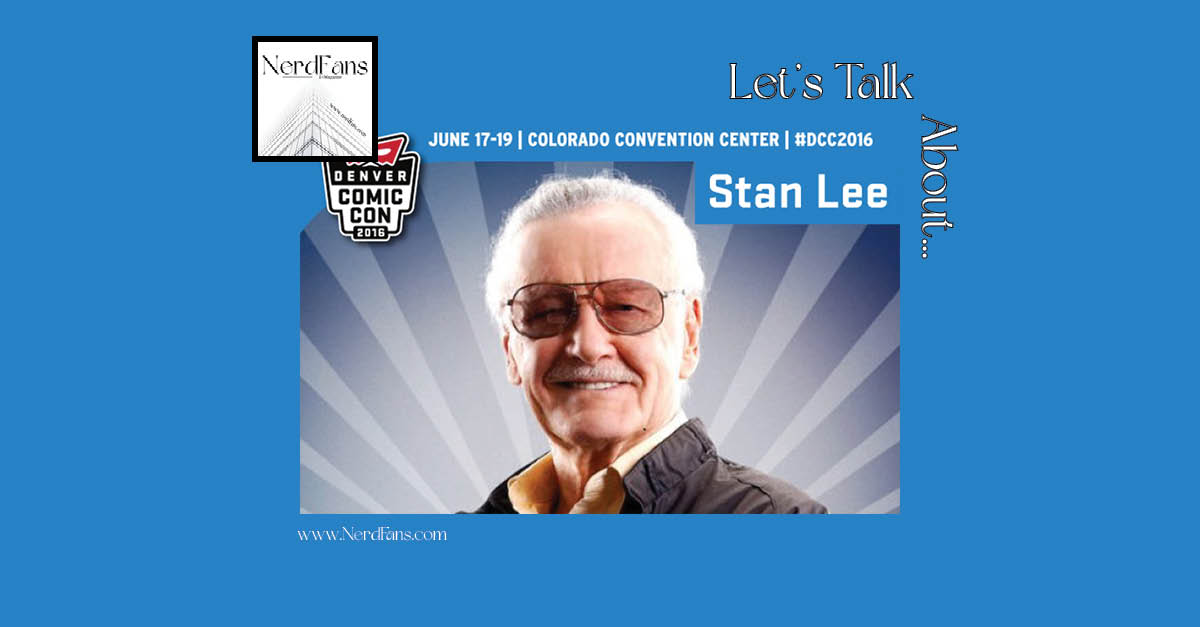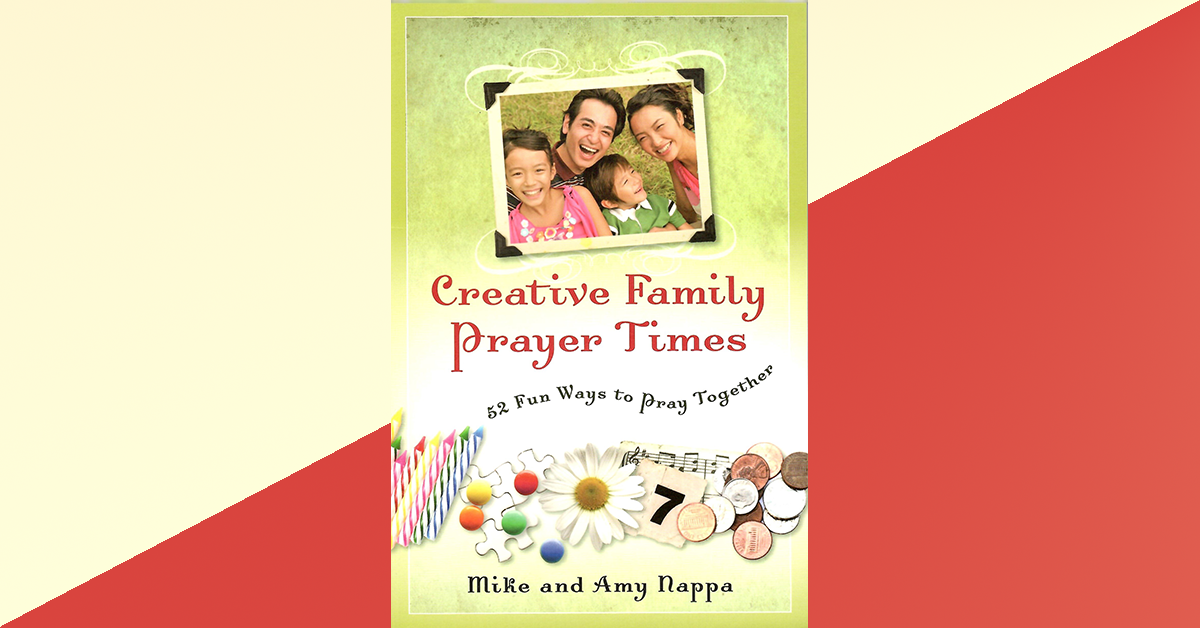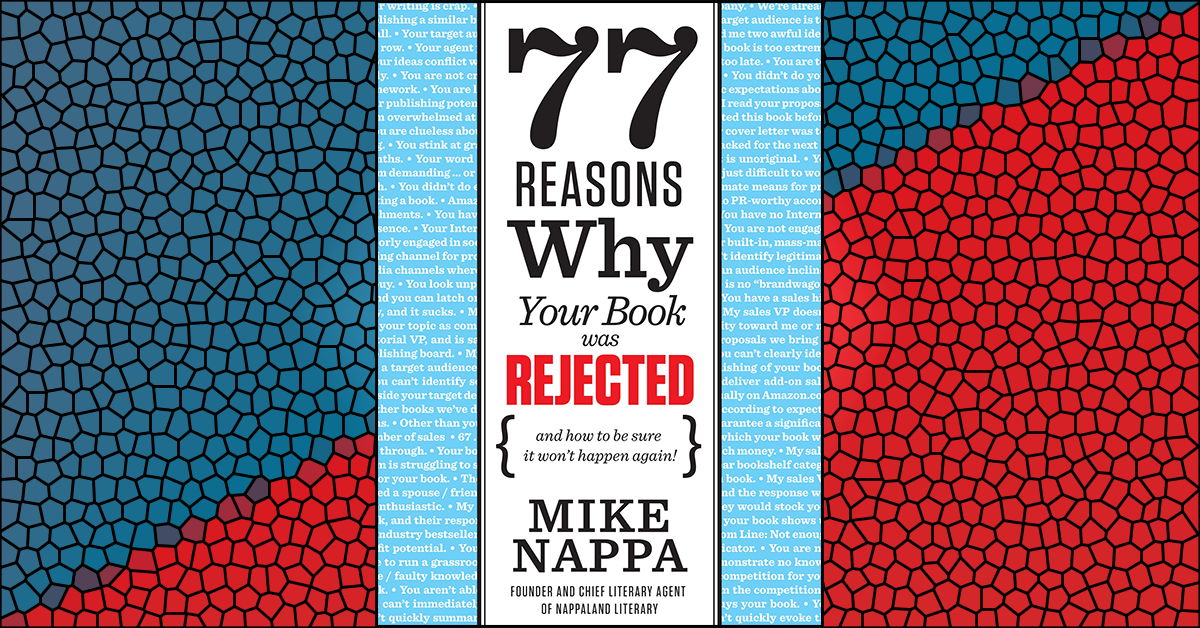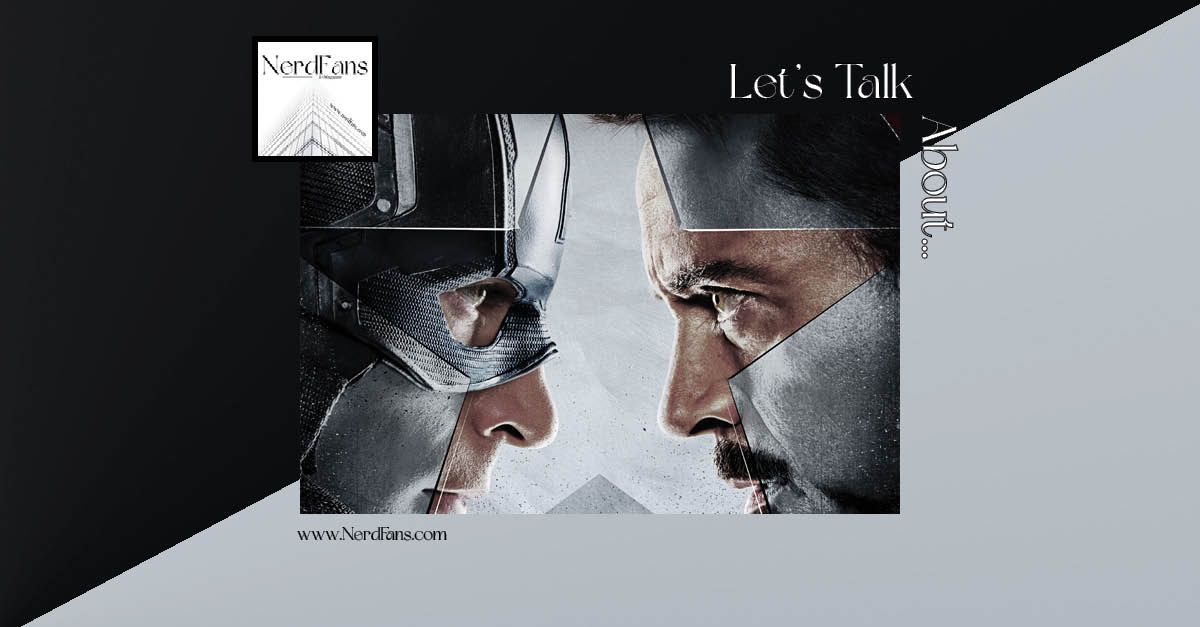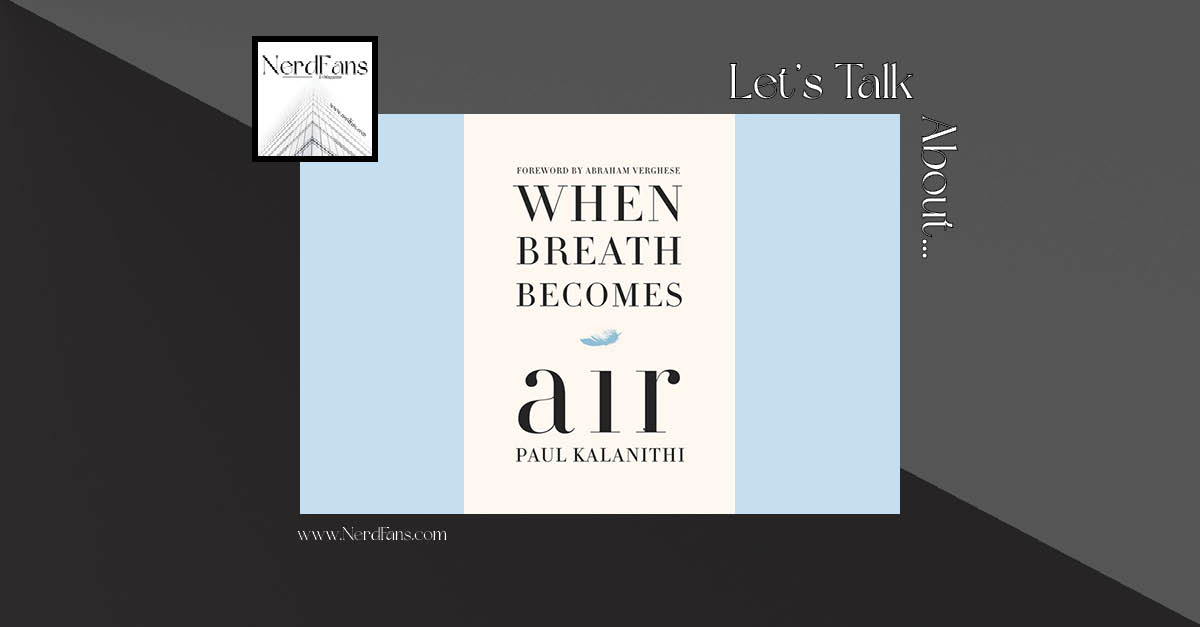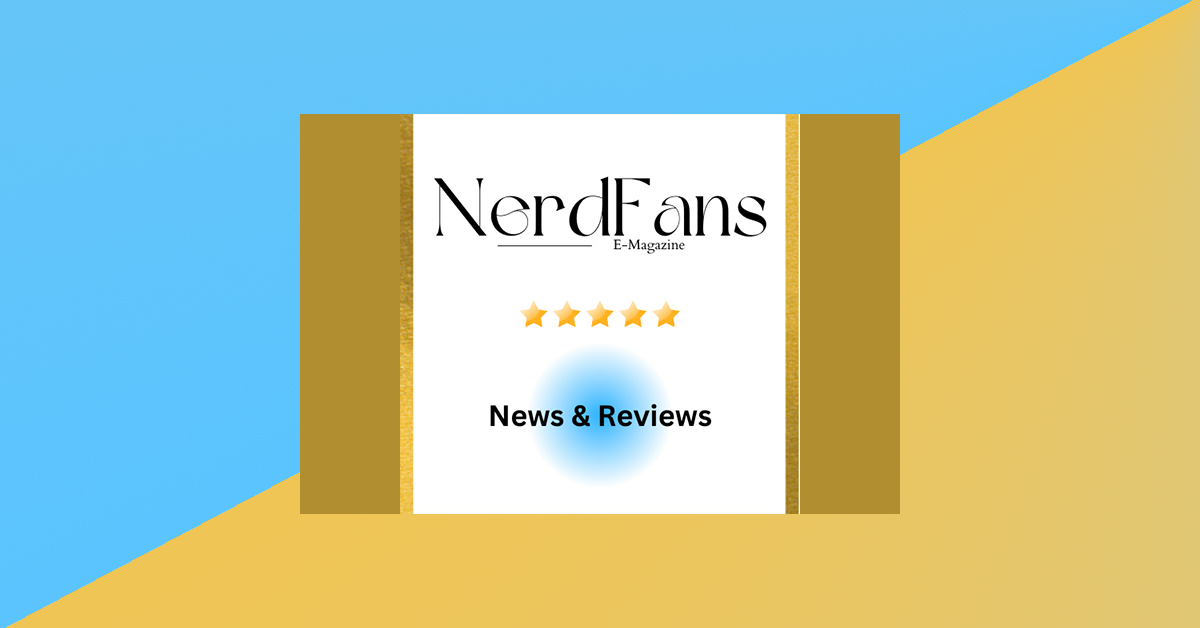An Editorial Team reason for rejection
Here’s something you must remember: If you write a book for everyone, no one will buy it.
I’m serious. Give up your dreams of mass appeal and worldwide acclaim. Every successful book—even ones that achieve mass appeal and worldwide acclaim—started as something for one specific person or one clearly identifiable group of people.
Right now, some of you out there are already shaking your heads at me. “But my book is for everyone,” you say. “It has something that all people will enjoy—old, young, man, woman, why even my Chow puppy, Chloe, wags her tail when I read it aloud!”
Let me be the one to tell you that your belief in this area simply isn’t true. Yes, of course, some books do end up reaching a broad audience—and good for them. But every one of those books started out with a clearly defined target audience.
Remember Harry Potter? Written for kids.
Only after children (and their teachers) started buzzing about the books did their audience expand to parents, then teens, then other adults. But imagine what would have happened if J.K. Rowling had started writing without her target audience (kids) in mind? It’s likely she would have soft-pedaled some of the creative slapstick (Bertie Bott’s anyone?) and been more wary of dealing with topics potentially offensive to adults (such as child abuse and bullying).
Remember The Purpose Driven Life? Written first for church leaders (as The Purpose Driven Church).
After Rick Warren’s success with the church leader market, his Christian publisher was happy to expand the content for the average churchgoer in The Purpose Driven Life. Only after those church folks started talking about it and sharing the book with their friends, neighbors, and coworkers, did it grow to phenomenon status.
Remember that absurd bestselling mash-up, Pride and Prejudice and Zombies? Written for college kids with a sense of humor and an appreciation for both horror stories and classic literature. Hard to imagine a more distinct target audience…or to predict the runaway bestseller status this book achieved after college kids started spreading the word to older coworkers and younger siblings about this book.
Do you see where we’re going with this? If you want to appeal to the masses, make sure you appeal to the one. If you try to write with everybody in mind, you’ll appeal to no one because everyone will think your book is for someone else.
That’s why I routinely reject any proposal that tries to tell me the target audience is “The general reader” or “Americans” or “Old and young alike” or whatever other term the kids are using these days. I’ve learned the hard way this simple truth:
If you write a book for everyone, no one will buy it.
What You Can Do About It
1. Identify one representative person who will buy your book.
My friend Mikal is one of the best advertising copywriters and editors I’ve ever known. Once I walked by his desk and saw a framed picture of some strange woman next to his computer. Now, I’ve met Mikal’s wife, and this woman was not her, so I asked him who this pictured woman was.
Her name, he told me, was Donna. She was in her mid-30s. She worked part time outside the home, but also spent a lot of time and effort managing her household. She was a mother of three, with some college education. She cared passionately about her family, her faith, and her future.
And—representatively speaking—she was the typical woman who would buy what he was writing.
You probably won’t be surprised to discover that Mikal has been very successful in a publishing career that spans advertising, authoring, and editing. Why? Because he knows how to identify and personalize a target audience. Instead of writing for some bland, generic “everyone,” Mikal writes for Donna…and all the Donnas (regardless of their actual names) out there respond with their checkbooks.
So you do the same. Find your Donna, know your Donna, and write for your Donna. If you really want to write for everyone, you must first learn to write for one.
(On a side note … For his picture of “Donna,” Mikal simply cut out a photo of a model from one of the magazines his company publishes. A year or two later, that model actually came to town to visit the publishing house and take a tour. Imagine her surprise—and Mikal’s stammering explanation—when she walked by his desk and saw her own face framed and displayed beside his computer!)
2. Don’t avoid the hard work.
If it seems too big a chore for you to clearly identify one specific target reader and audience, then you aren’t working hard enough. You must discipline yourself to think like your reader—and to do that, you must be do the hard work to identify and relate to that reader. Sometimes, though, authors think that’s too hard, or too time consuming, or too limiting.
These are the authors who typically remain unpublished, or who resort to self-publishing with no real hope of reaching beyond their family and friends with their books.
If you’re writing is so muddled and unfocused that you can’t immediately name with conviction who your primary reader is, then you haven’t done enough work to define your content and your message. That’s a formula for failure. So don’t be afraid of getting your hands dirty (metaphorically speaking). Do the hard work it takes to definitively answer the question: Who is going to buy this book?
3. Memorize this principle.
“If you write for everyone, no one will buy. If you write for one, everyone who feels like that one will buy.”
Looking for more? Check out these links:


